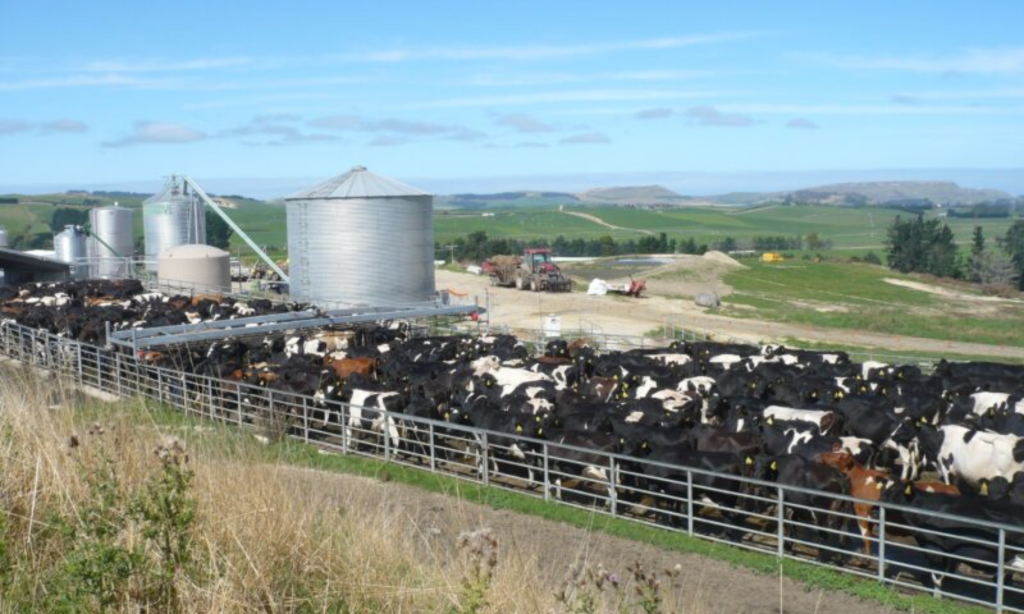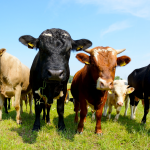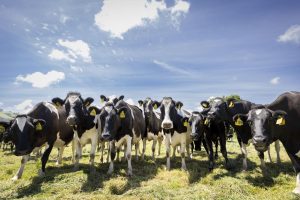
The 2022-2023 season was the most expensive in a decade for dairy farmers, the DairyNZ Economic Survey shows.
The survey shows that dairy farmers, like others in New Zealand, have been battling with inflation, with the report showing an ongoing change in the make-up of expenses and the impacts this has had on dairy farm businesses.
DairyNZ head of economics Mark Storey said the combination of a reduced milk price and increased on-farm costs compared to the previous season saw last season’s operating profit drop to $2.57/kg MS, down from $3.46 per kg/MS in 2021-2022.
“For owner-operators we saw operating expenses increased by about 5% in the 2022/23 season, up to $6.67/ kgMS, which is the highest it has been in the last 10 seasons.
“A deeper dive into the operating expenses shows that feed continues to be the largest operating cost, making up around 30% of total farm expenses.”
This was followed by labour (19%) and maintenance costs (18.7%), as the second and third highest expenses. Feed costs have been the largest operating cost on dairy farms since the 2007-2008 season.
“Positively, for the 2022-2023 season we saw an above average milksolid payout received again, with it sitting at $8.68/kg MS. While lower than the previous season, it was a still a relatively high payout, which helped farmers as they managed these record-high operating expenses.”
Sharemilkers also experienced an increase in operating expenses, to $3.76/kg MS. Compared to the 2021-22 season, there was also a reduced average milksolids payout to $4.14/kg MS.
Despite this tightened economic performance, on average, sharemilkers were able to maintain profitability and positive returns.
“Farmers have focused on making changes to manage these increased costs, and fluctuations in the milk price payout, to remain profitable.
“We also noted the ongoing shift in the make-up of costs farmers are facing, with a large increase in interest costs in 2022-2023. In this context, it is encouraging to see that debt to asset ratios marginally declined (down 3%), which is a positive indication that farmers did not take on more debt in that season.
Heading into the new season, farms are still operating in a tight economic environment and should remain focused on being considerate of their spending and look to manage their costs and budgets accordingly, he said.
“A range of advisers and rural professionals are available to support farmers plan and adjust their business for the next season, especially as the dairy environment continues to fluctuate.”
Key numbers from the Economic Survey
• Owner-operators:
The average milksolids payout received by owner operators was $8.68/kg MS, $0.51 lower than the previous season.
Operating expenses increased by about 5%, to $6.67/kg MS, the highest of the last 10 seasons.
Cash available for living and growth was $301,982 per farm, the third highest of the last 10 seasons.
Feed continued to be the largest expenditure category at around 30%.
• Sharemilkers:
The average milksolids payout received by 50:50 sharemilkers was $4.14/kg MS, $0.40 lower than the previous season.
Operating expenses per kilogram of milksolids increased by about 4%, to $3.76/kg MS, the highest of the last 10 seasons.
Lower milk payouts received were partially offset by an increase in milksolids per cow (+10 kg MS) and a slight increase in herd size (+15 cows).

























